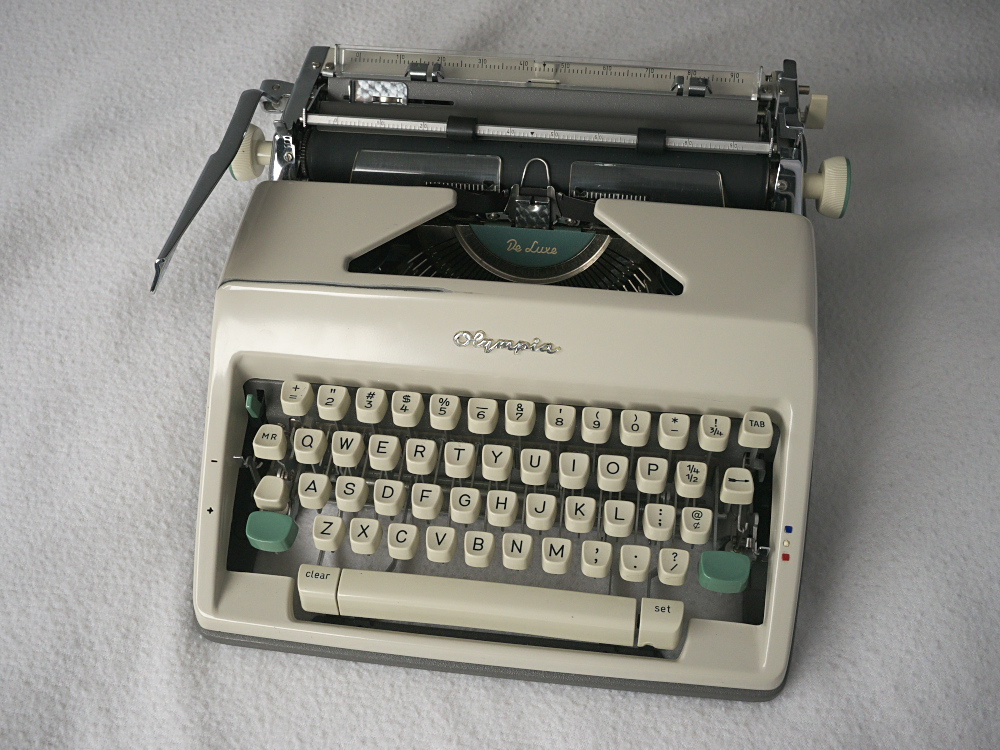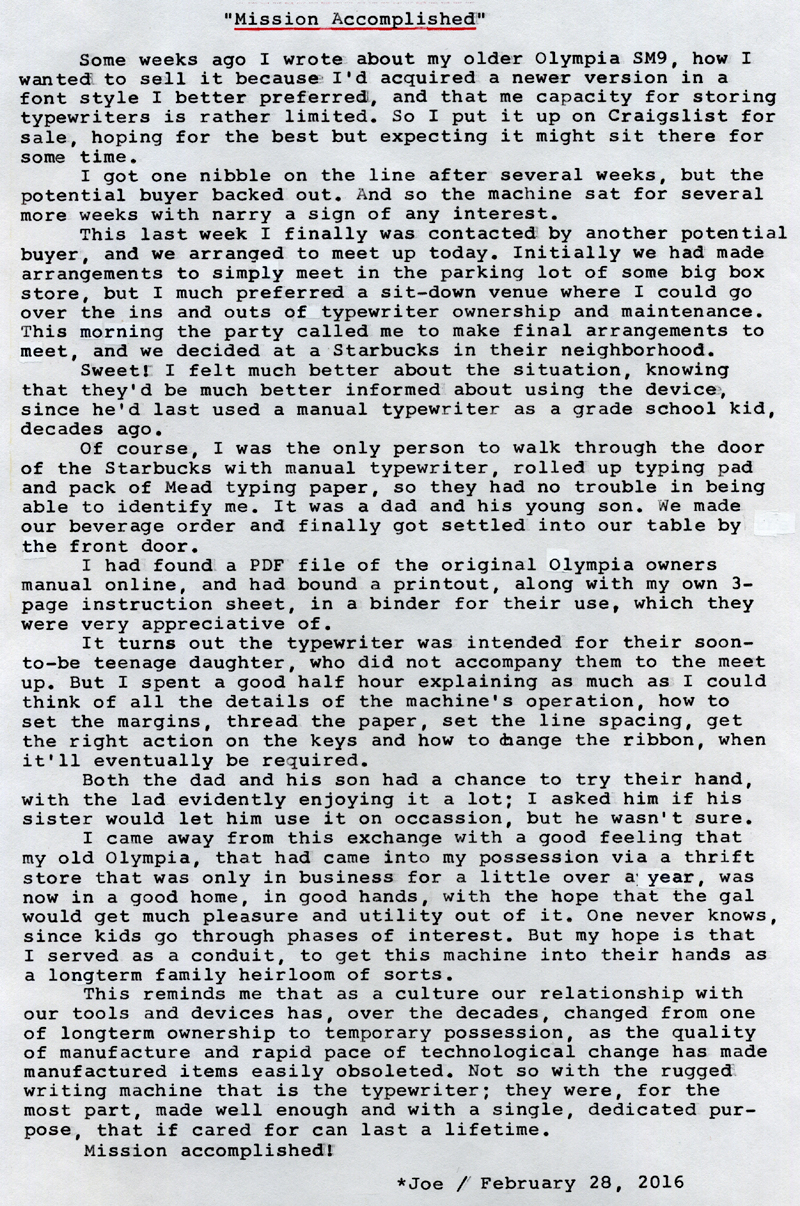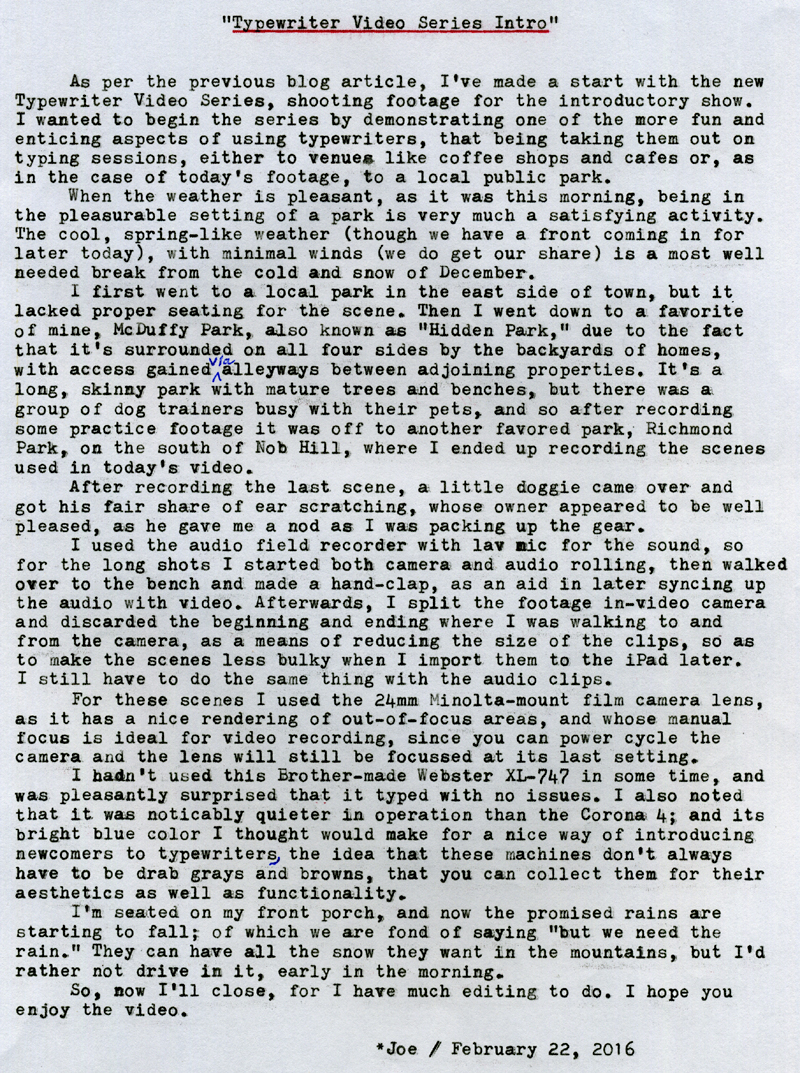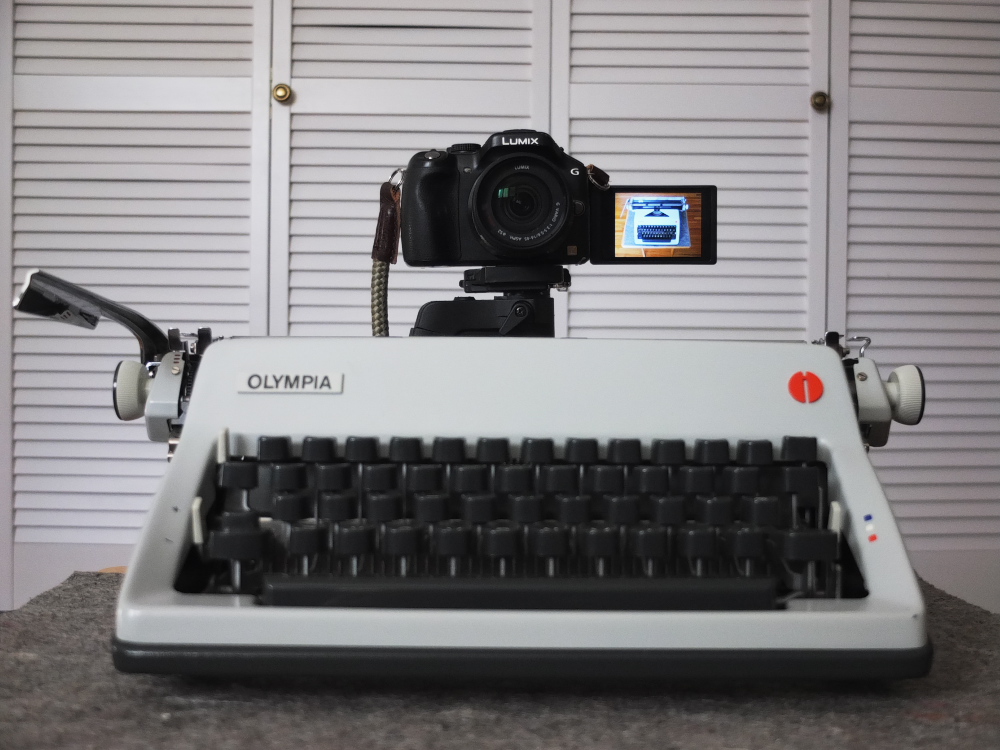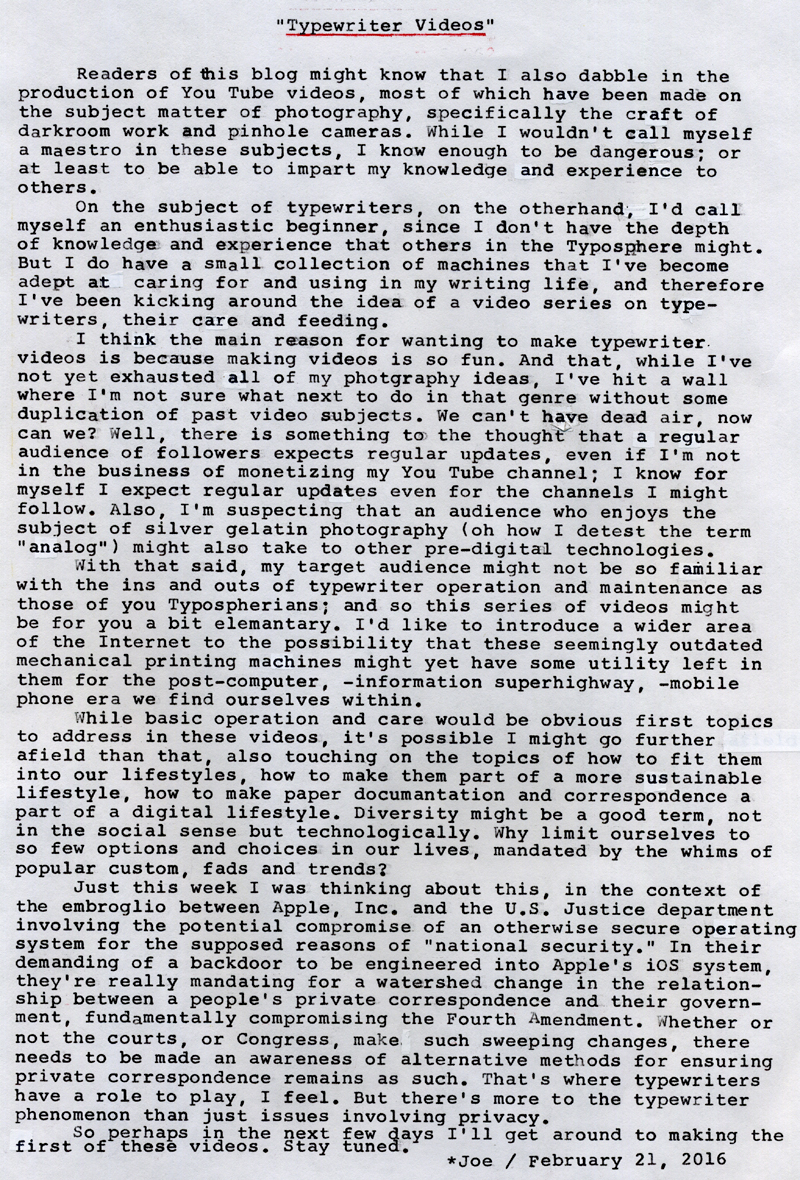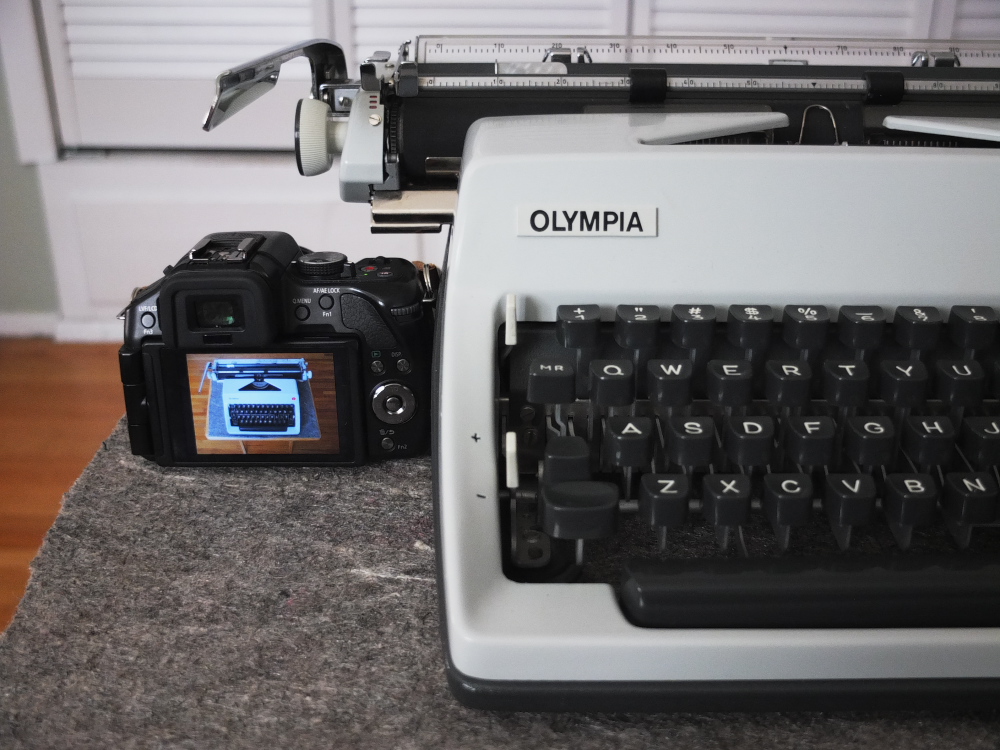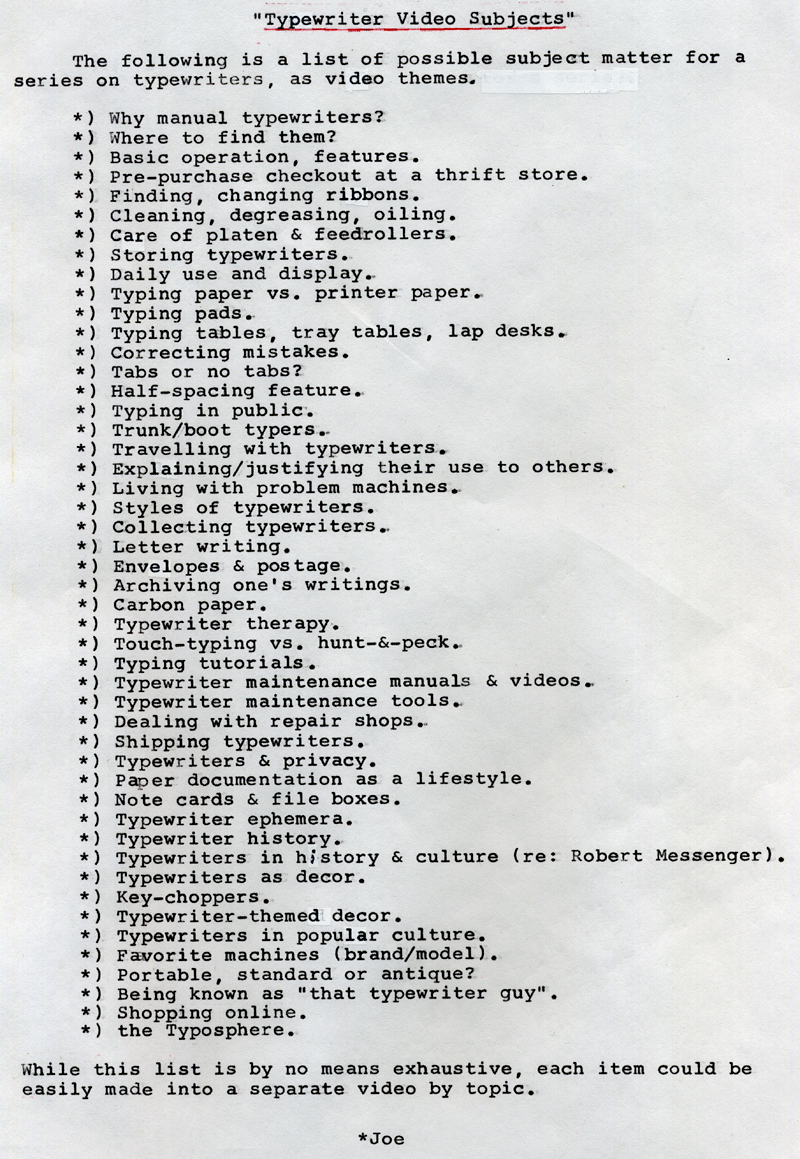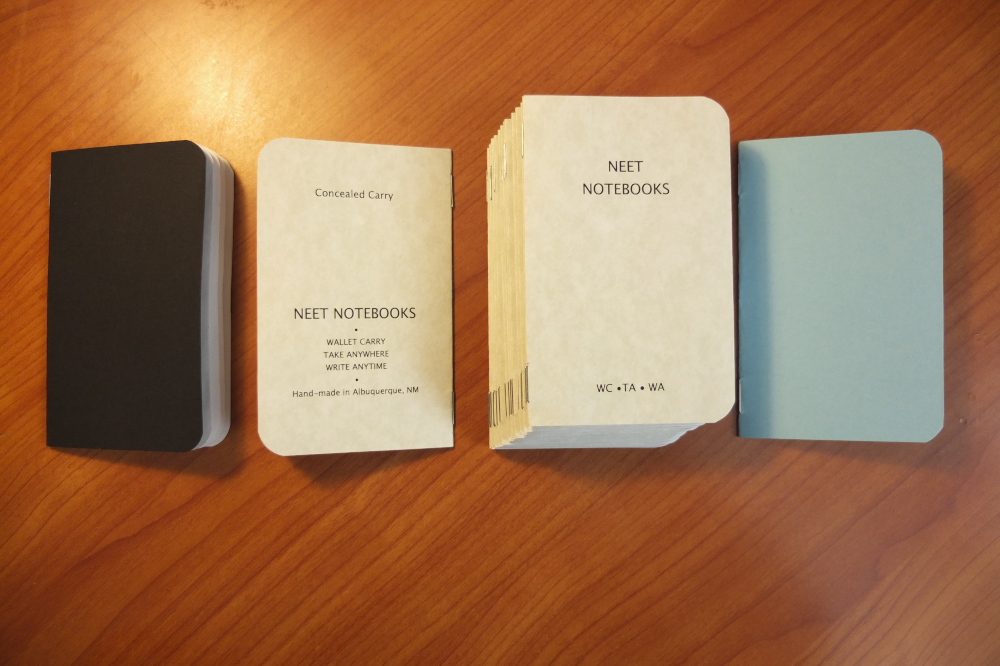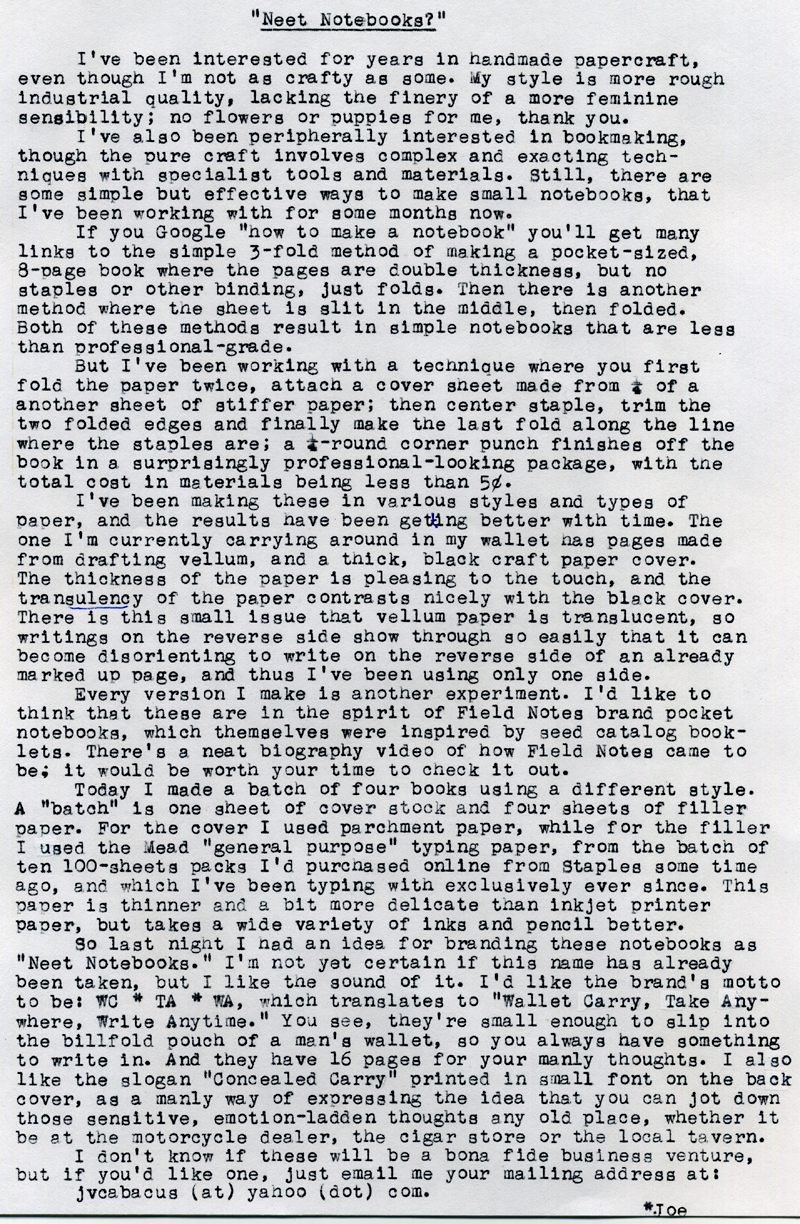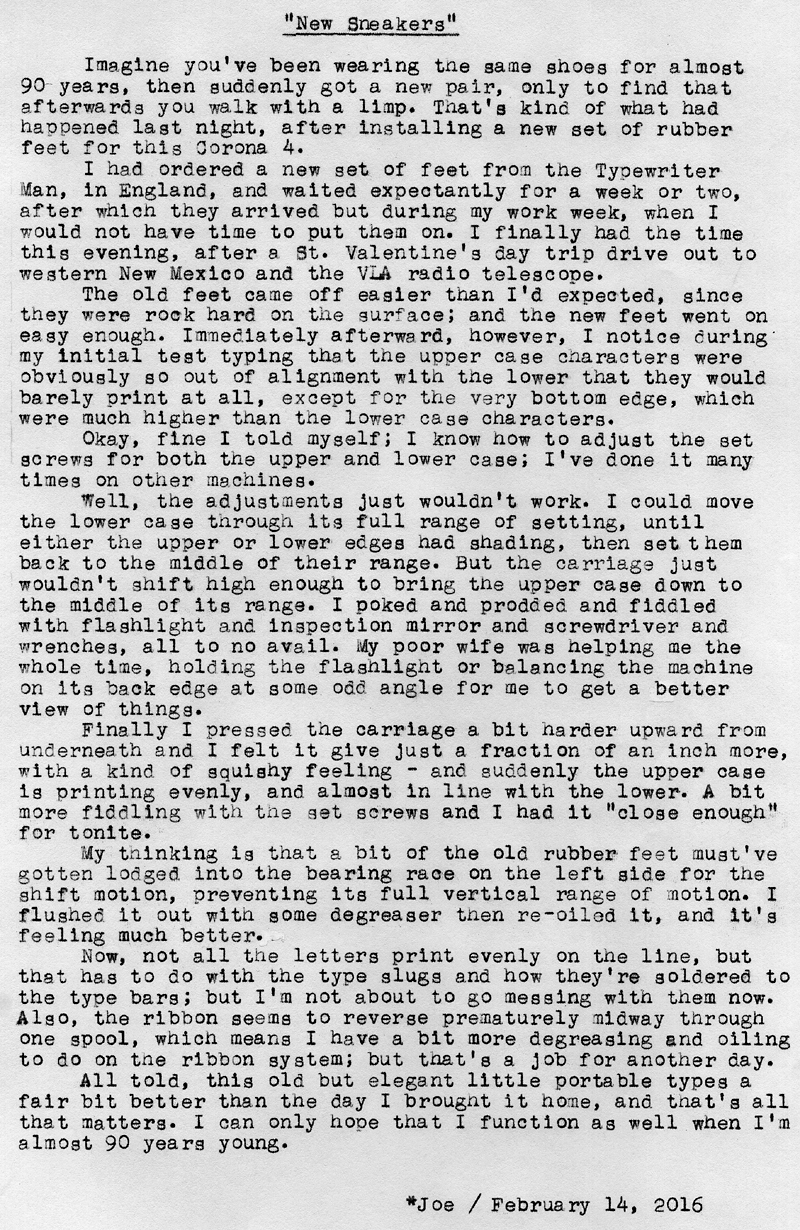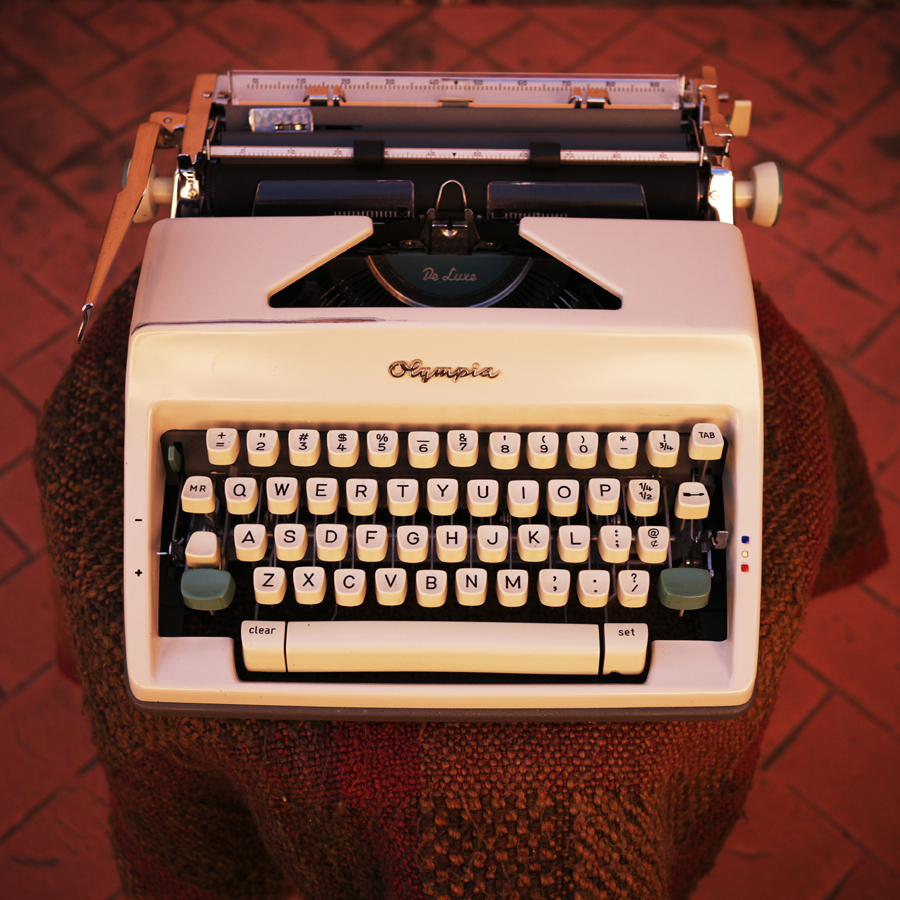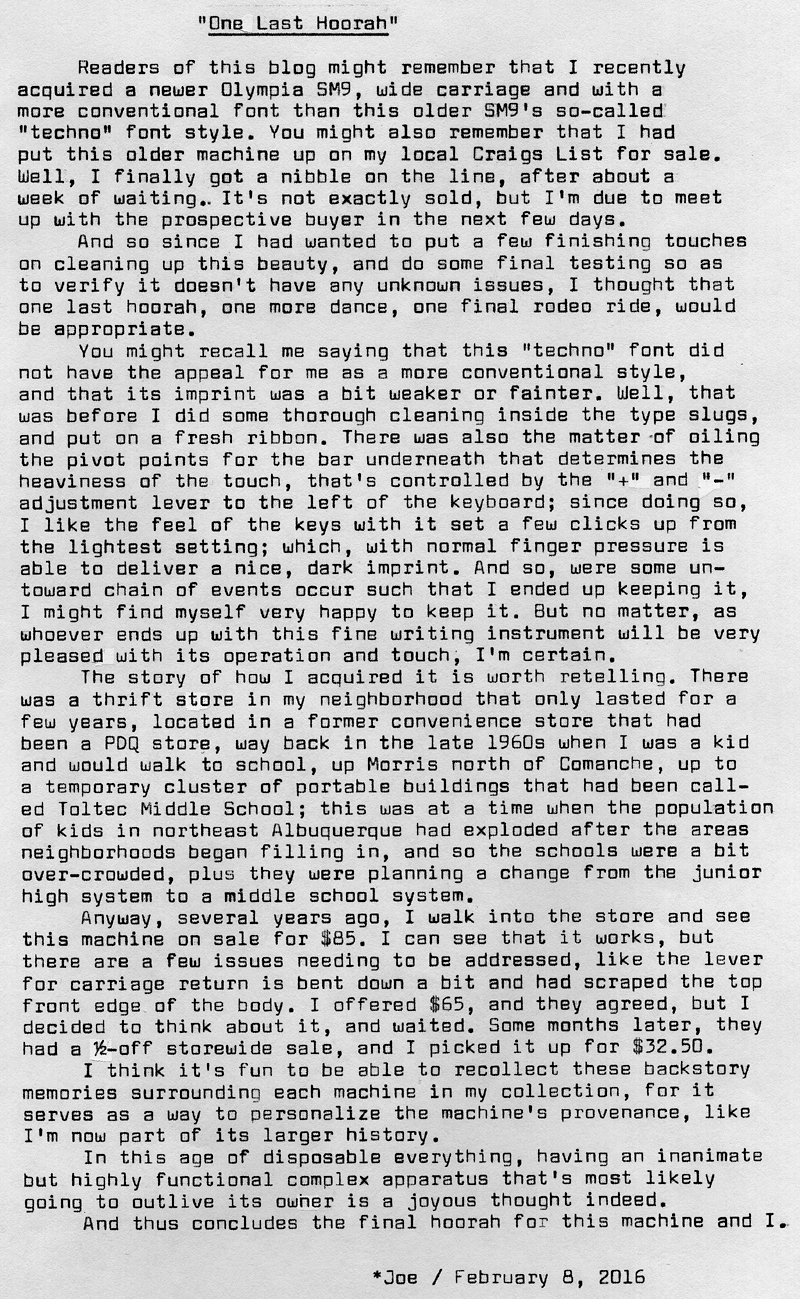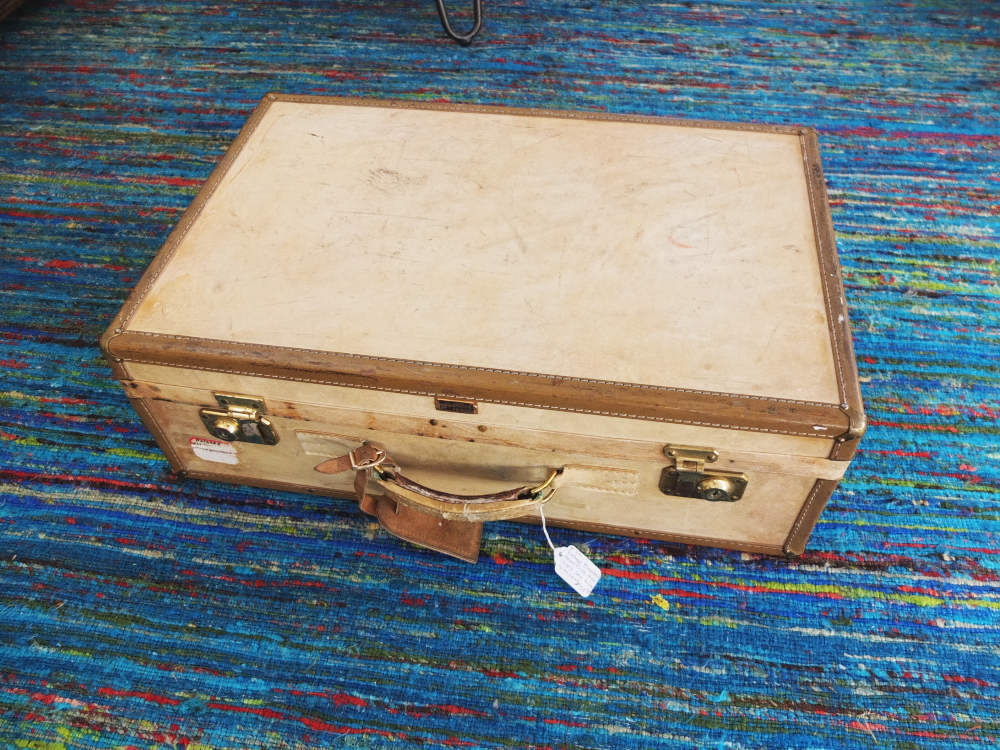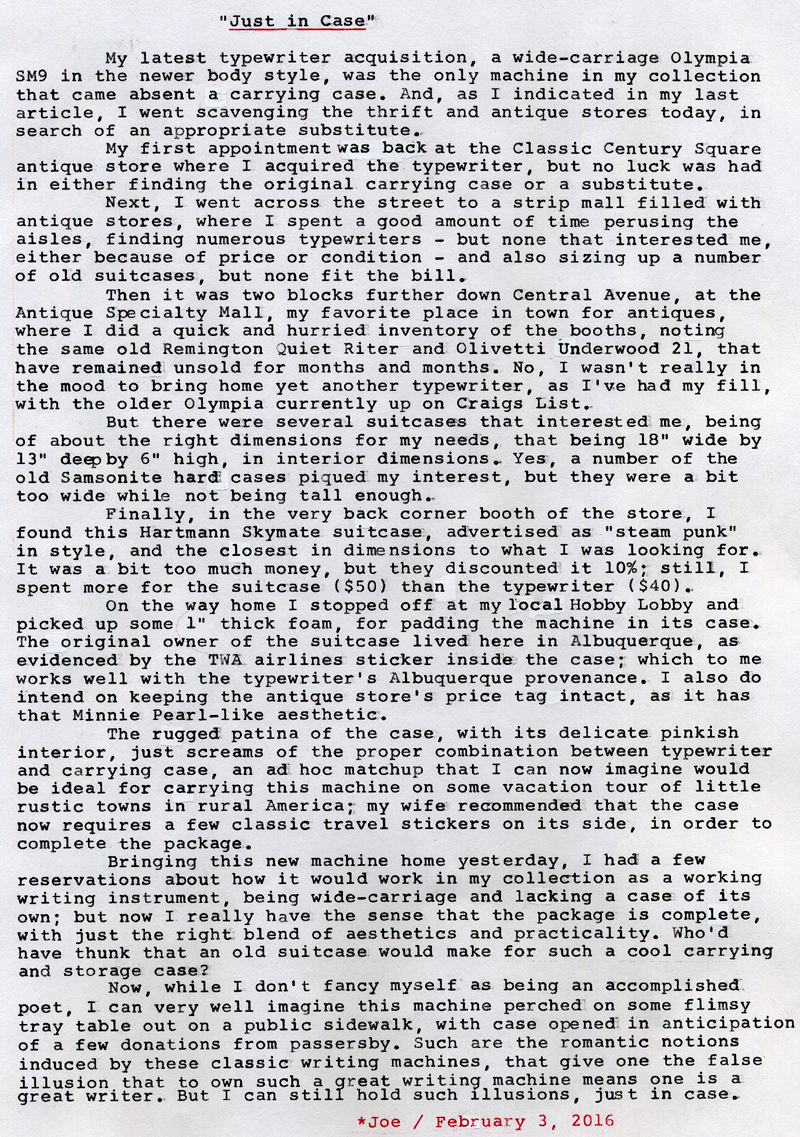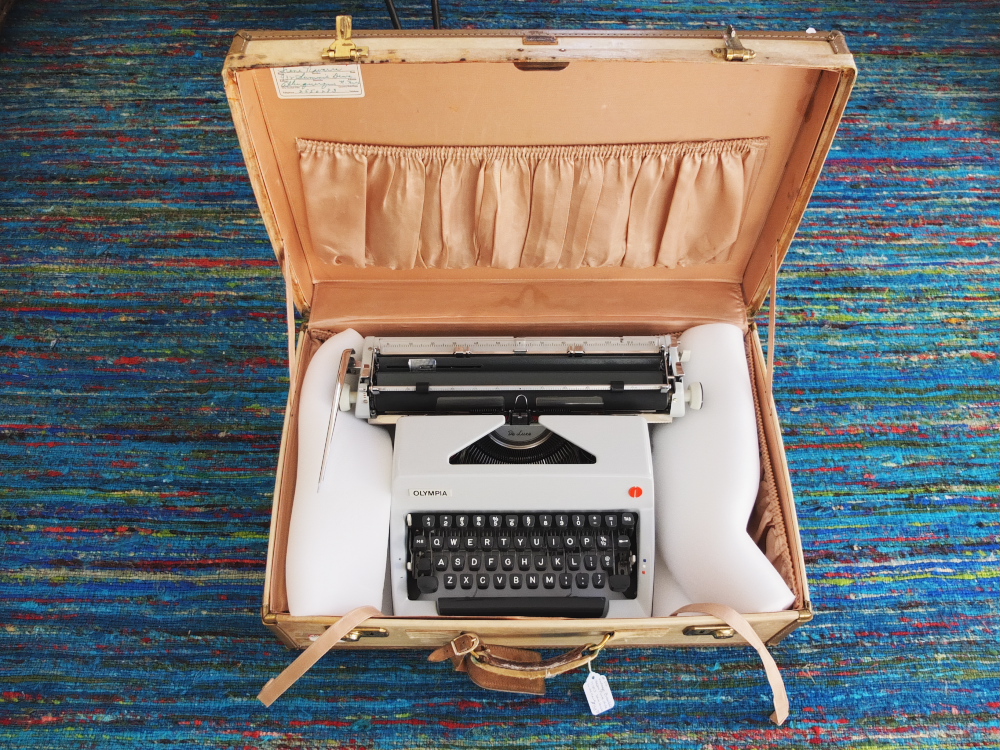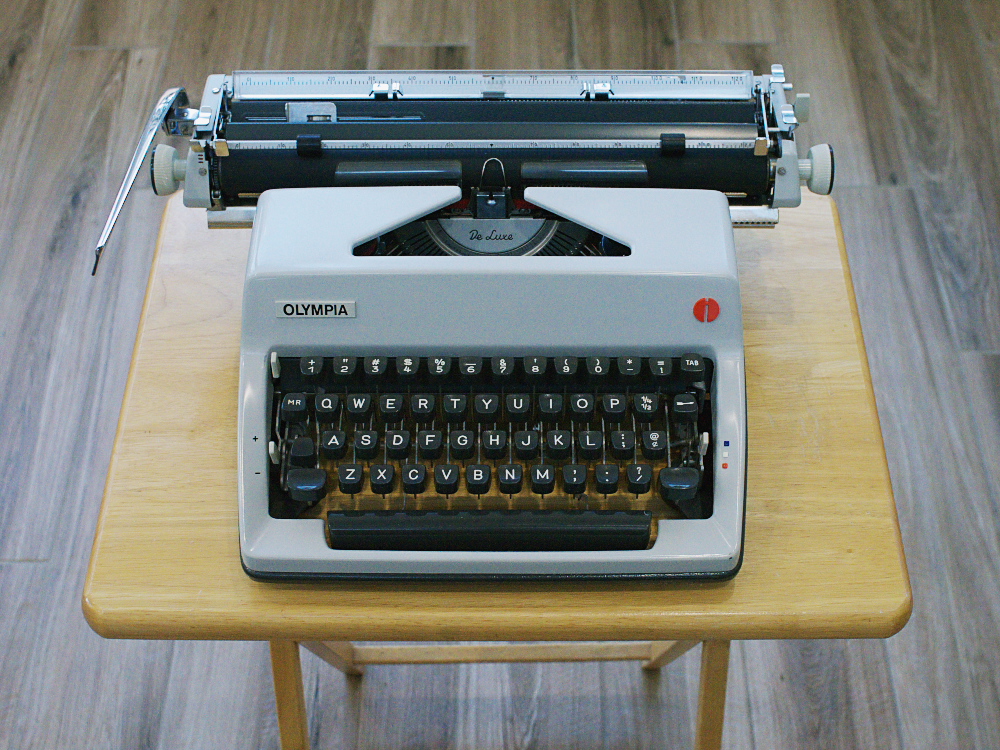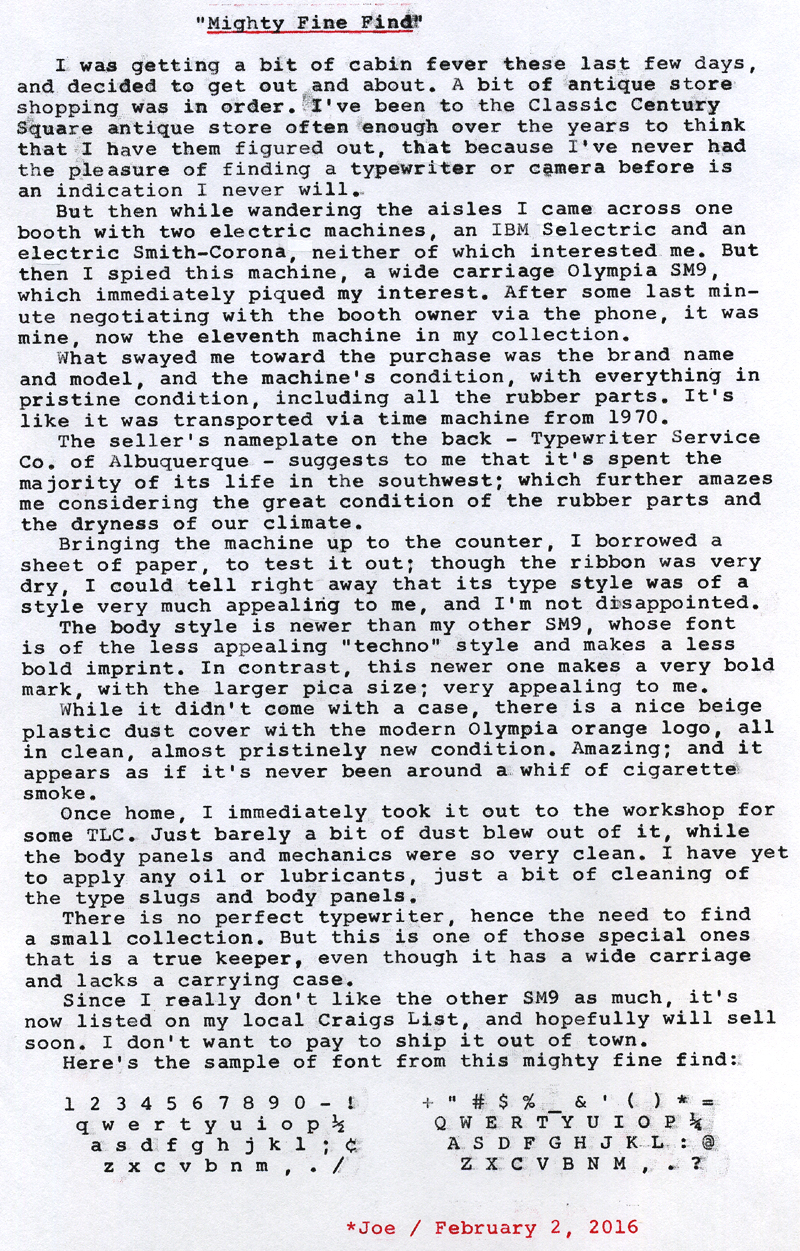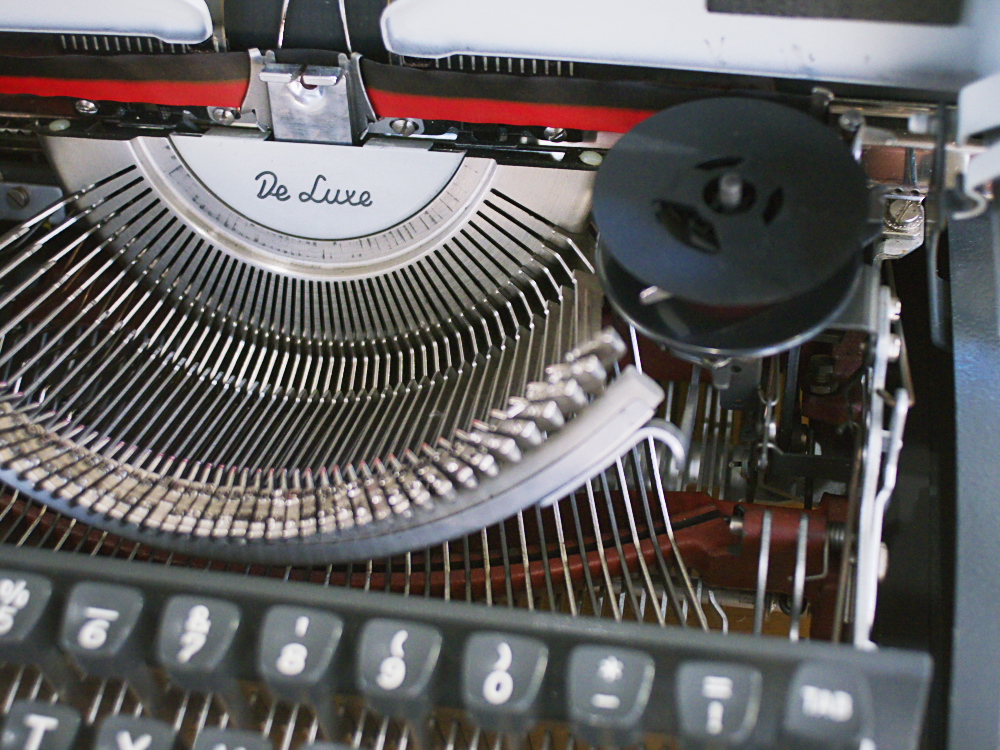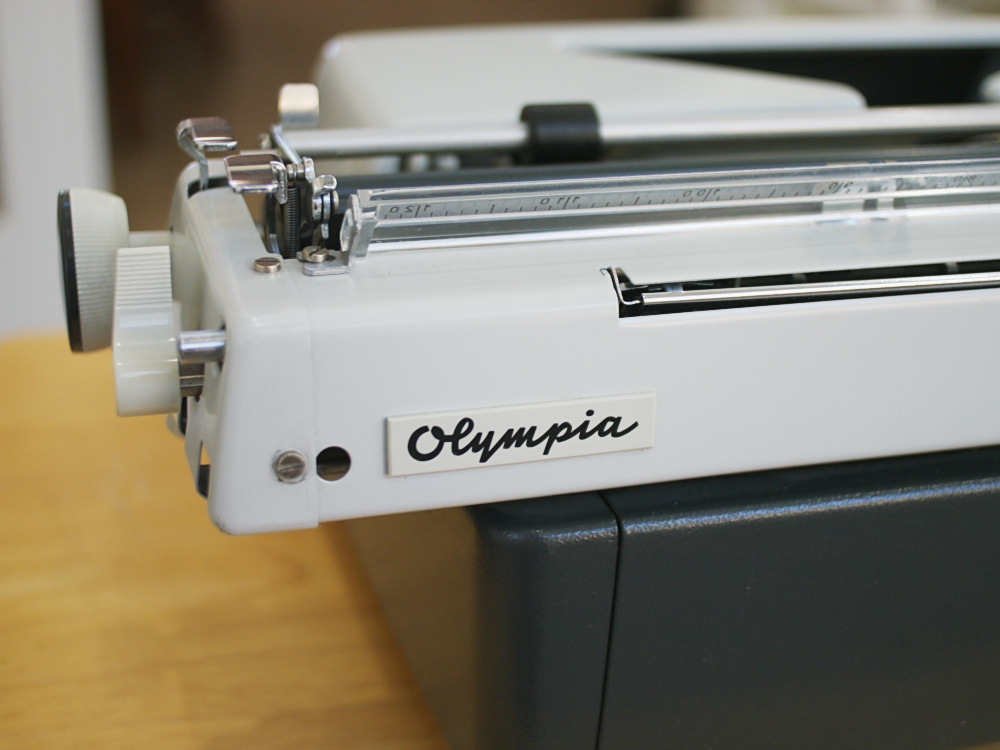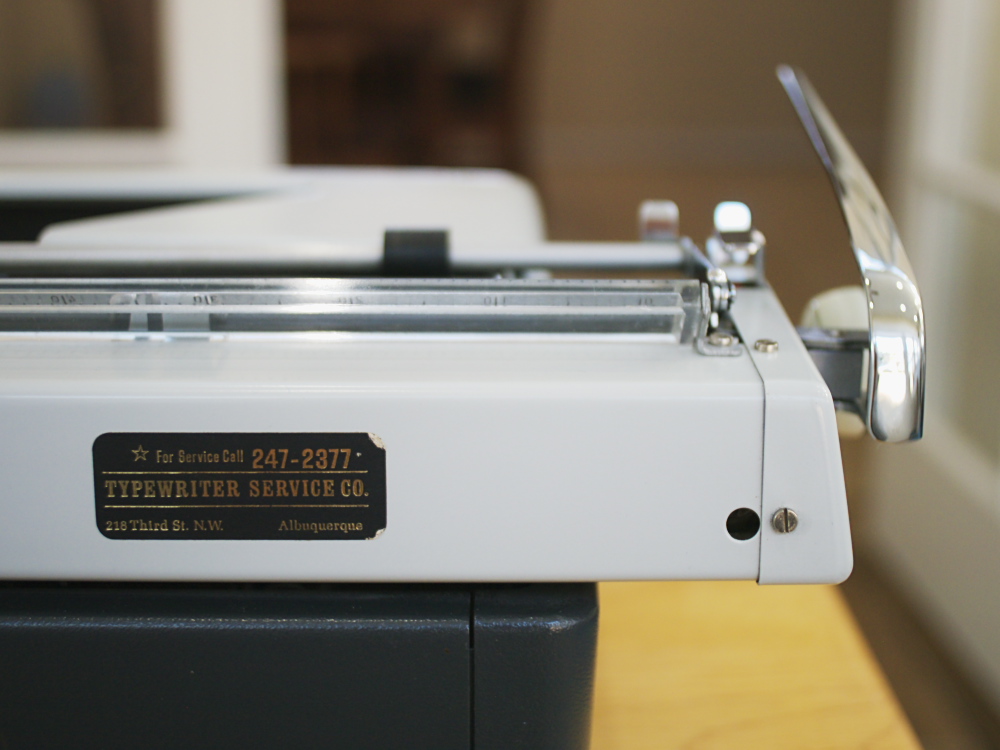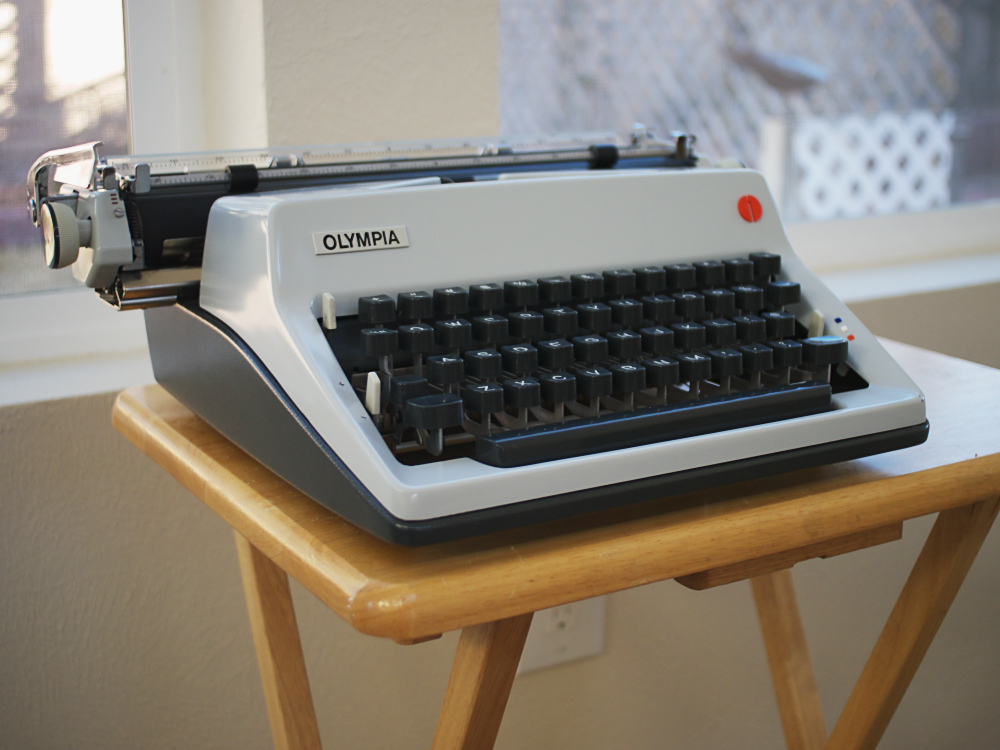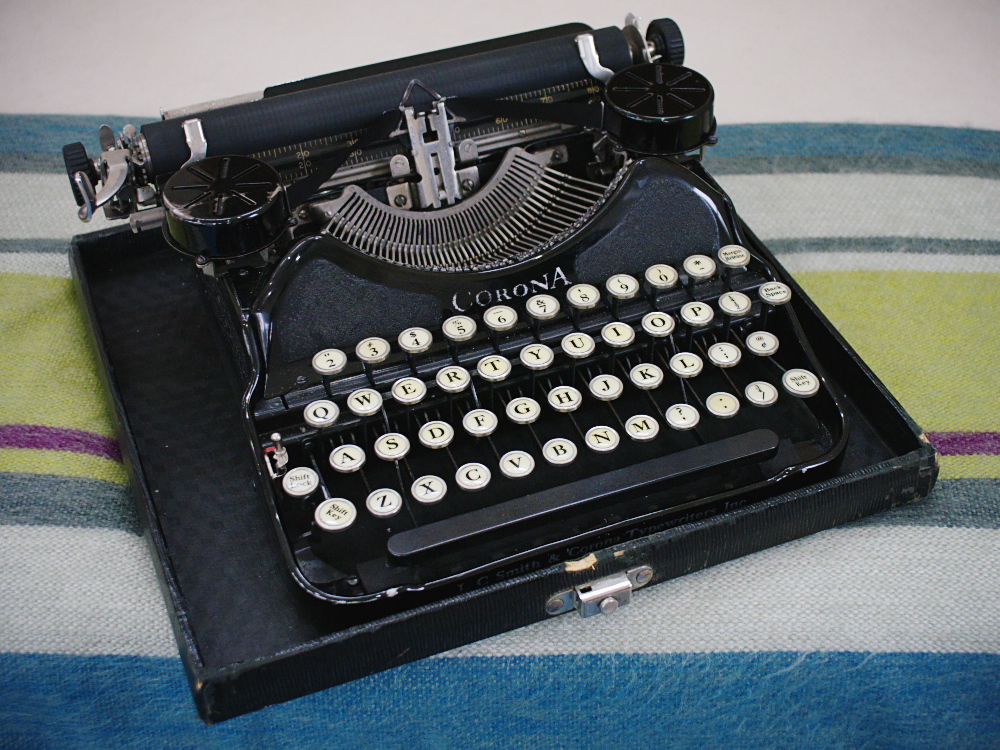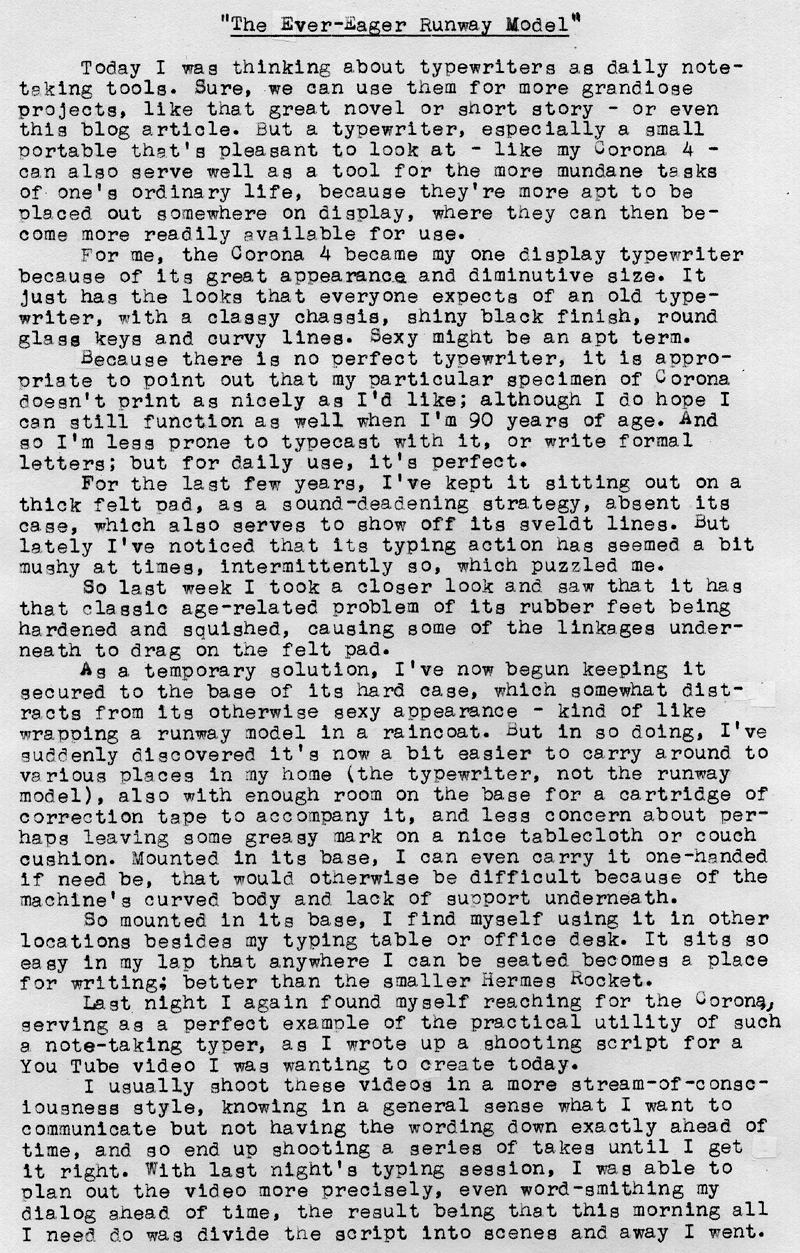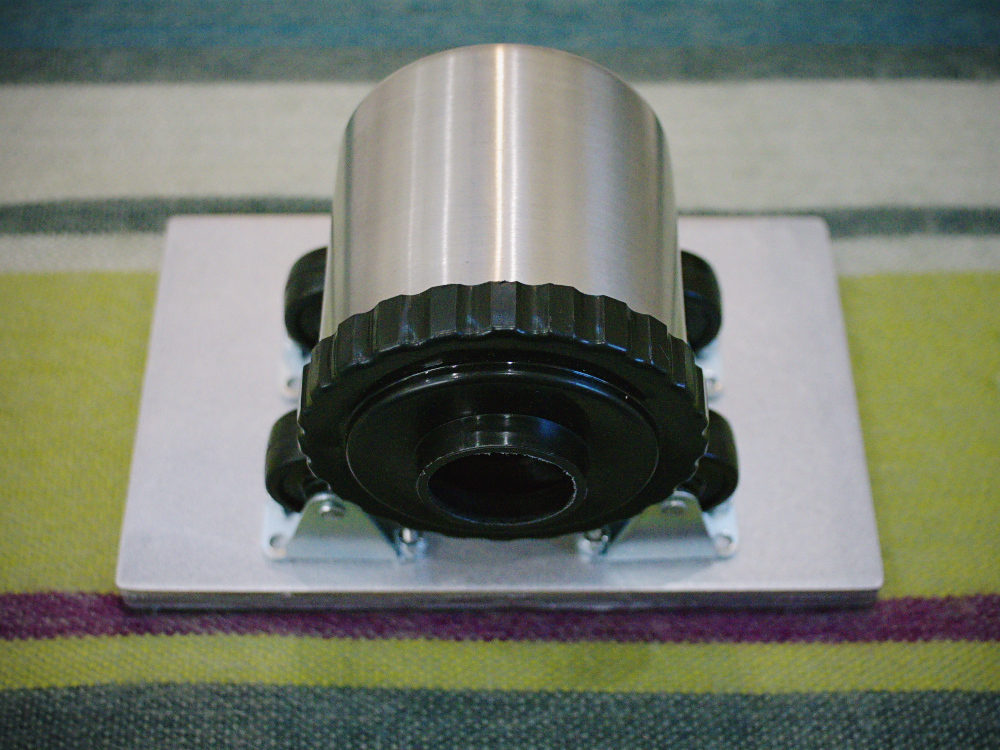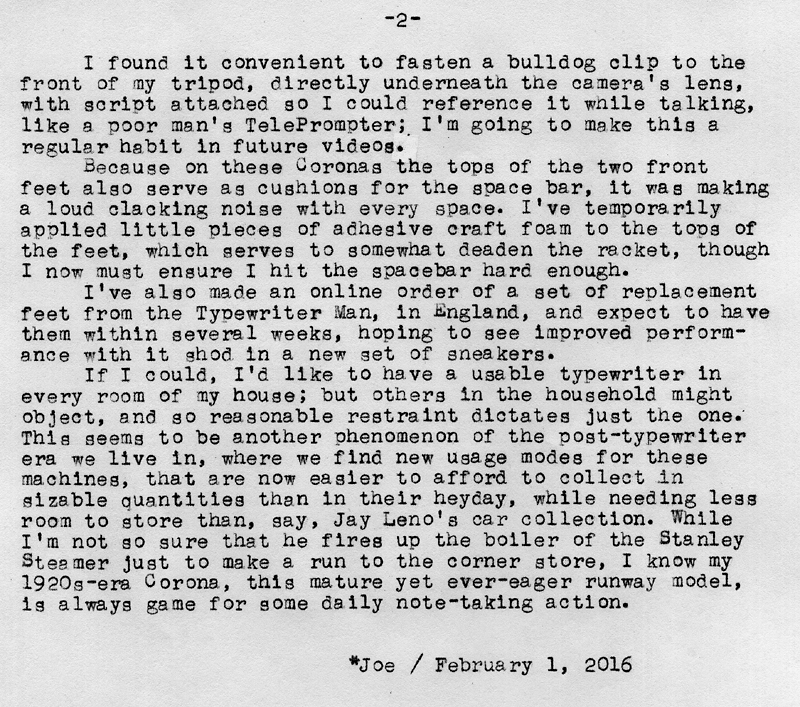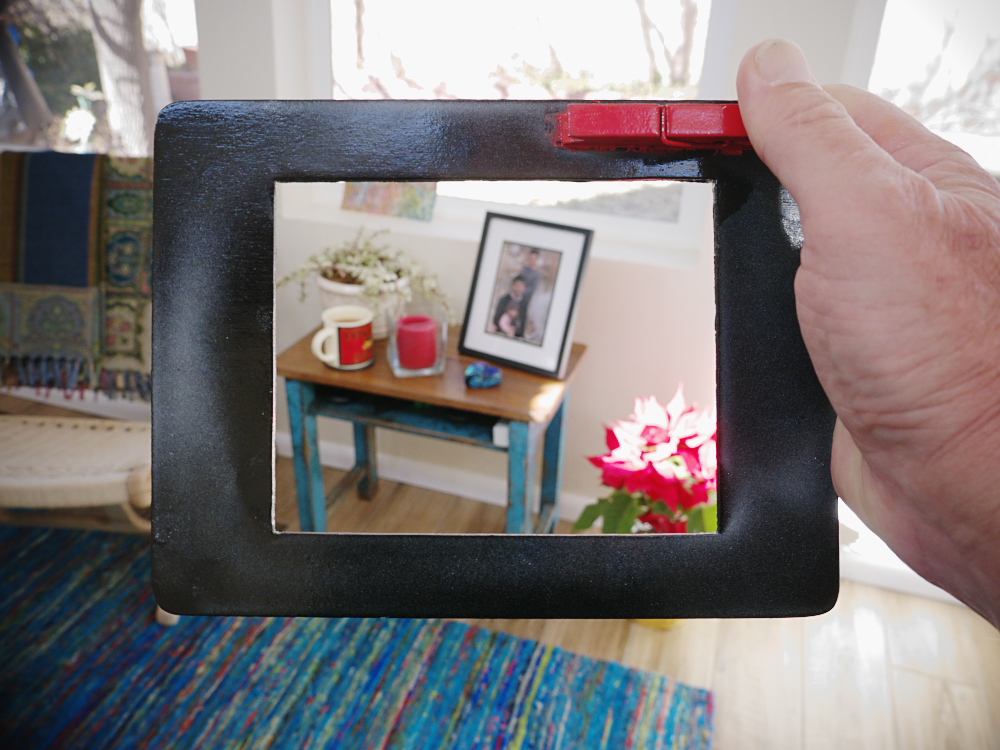
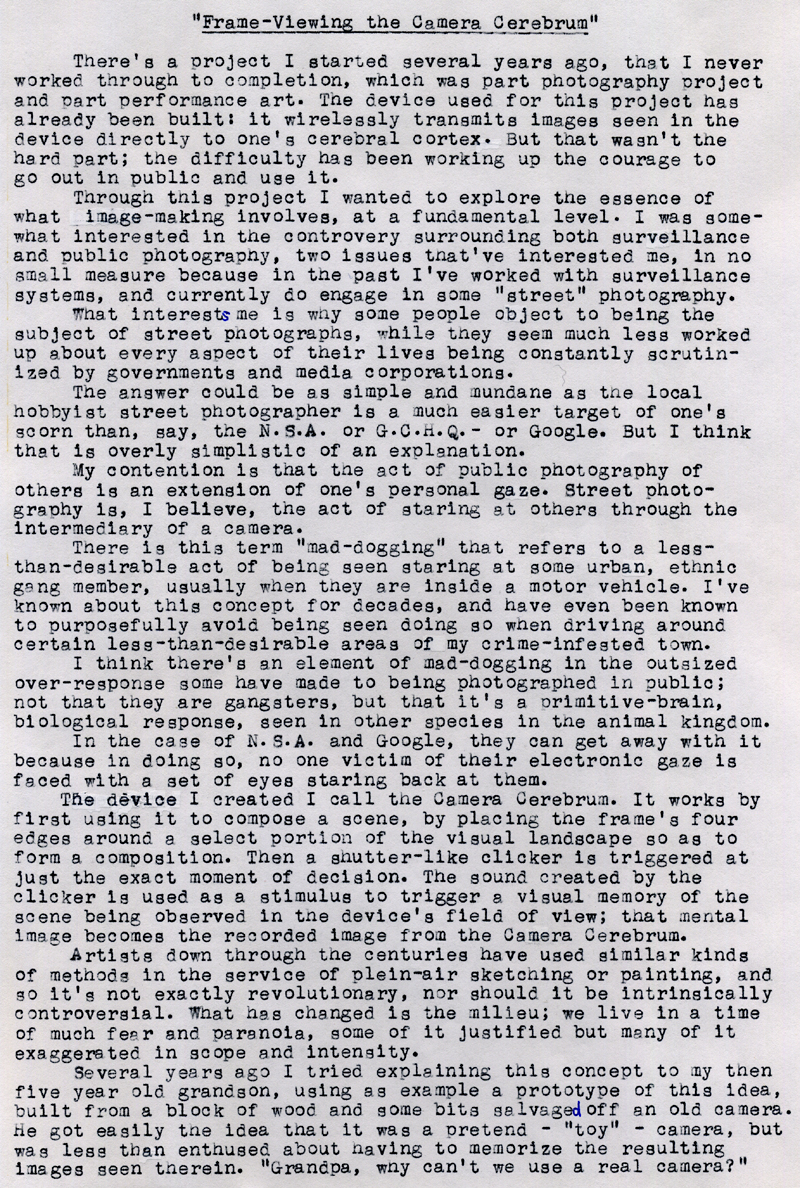
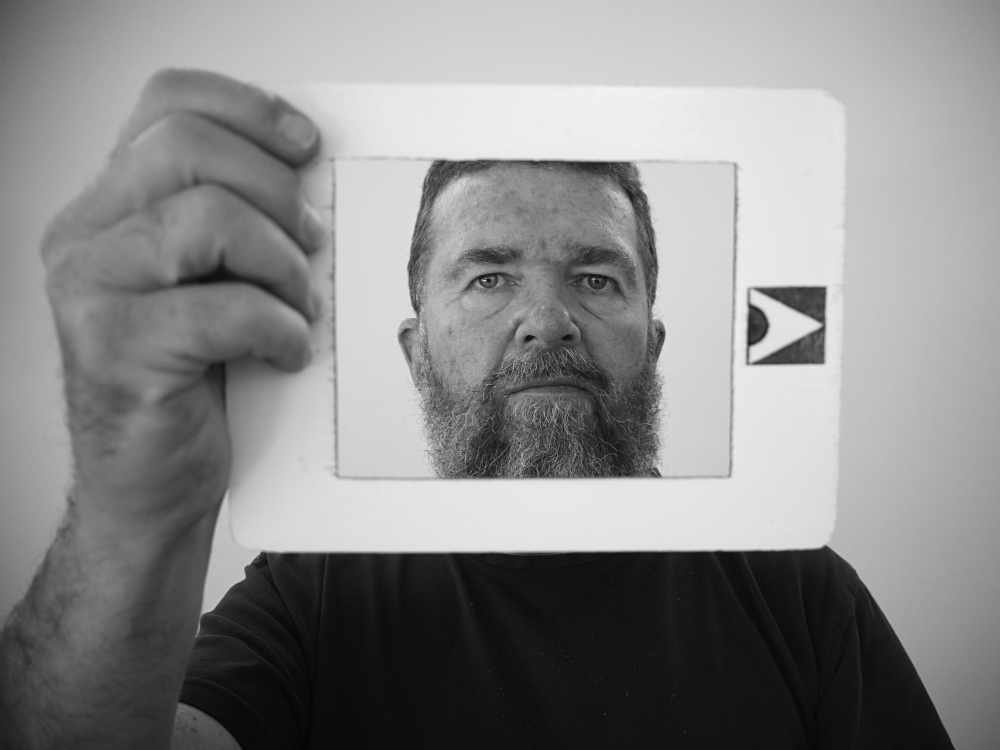 The Watcher being watched - illustrating the two-way nature of public photography
The Watcher being watched - illustrating the two-way nature of public photography
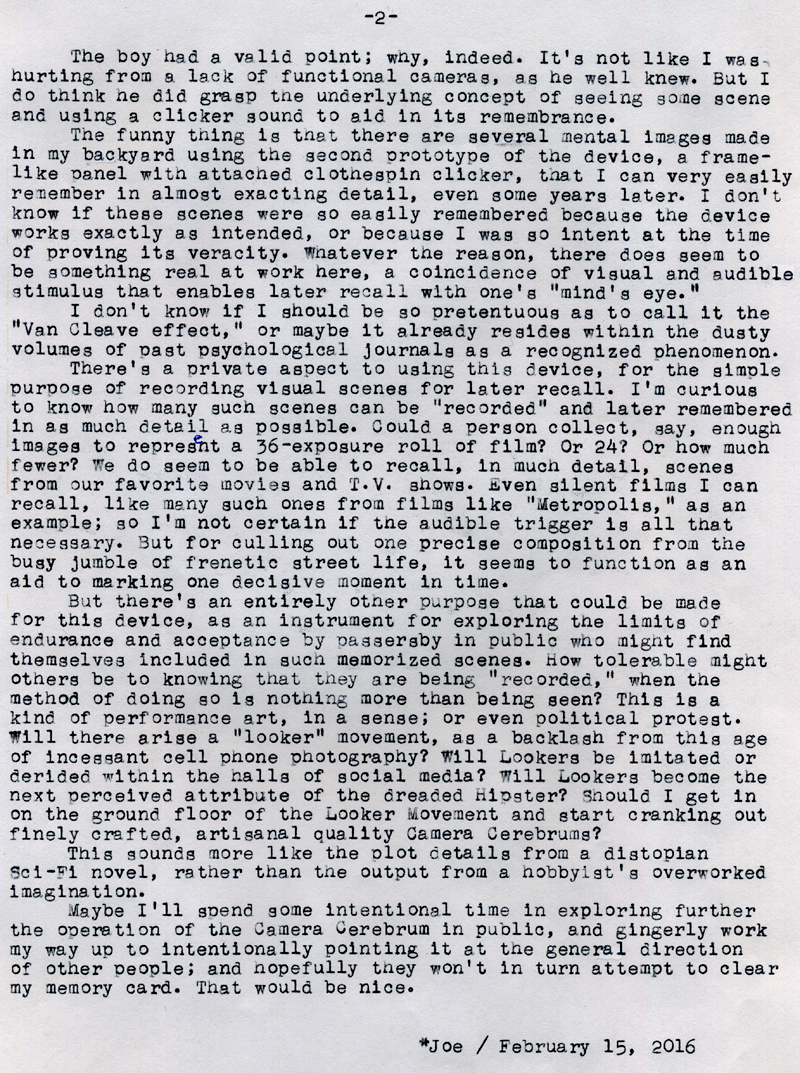 Post-Script:
Post-Script: I've blogged about this before, some years ago (though I haven't included a link), and discussed it a bit on the F295 pinhole discussion forum at one point. I see a connection between what I've termed "frame-viewing" and plein air painting or sketching in public, the difference being that, in this case, the only record of the image is internal to the "fauxtographer" himself. So in theory it should be a pastoral enterprise, innocent enough, indicative of the higher intentions of a learned and sophisticated culture. Yet it is bound to remain controversial, if for no other reason than the fact that humans aren't the only species who exhibit a physical reaction to being gazed upon by another. It is this fact, of a biological response, that should preface all other discussion around "street" or other forms of public photography, or even surveillance.
My trepidation over pursuing further the public phase of this project is based on my personality trait of desiring to avoid all confrontation. That is why I would never make a real good street photographer, or even photojournalist, even though I've amassed a sizable portfolio of urban landscape and documentary images; they've mostly been devoid of the direct human presence.
I can also easily see the common-sense aspect to many people's objection over being publicly gazed upon, since in our present culture there's an ever-grayer line, and increased fear, between valid public image-making, and voyeurism or even exploitation. I don't think this project is intended to address or in any way dispel these concerns, either, for that is not my interest.
What does interest me is the relationship between the photographer, the subject, the camera device and, in the case of recordable images, the resulting photograph itself. I think these complex relationships inform much of the greatest publicly-situated photographs from the 20th century. I do find it fascinating that this simple framing device is able to provide some fresh insight into this ongoing subject, hopefully contributing to some
ongoing dialog about the relationship between imagery and observation within our culture.
It is very possible that we desire to gaze upon others because in doing so we also see ourselves in them. That might help explain the continuing yet inexplicable popularity in the "selfie" as a photographic genre, whereby the technology has sufficiently advanced to the point of enabling a continual self-photography, a magic mirror we hold up to ourselves. It is also possible that none of this is entirely novel, since mirrors have been around for millennia.
Photos via Lumix G5. Typecast via
Corona 4.
PPS: I should also make mention that back several decades ago there were viewing devices very much like this frame (but without the clicker device), manufactured and sold for use by large format photographers as an aid in culling out potential compositions. In use, the photographer would traipse around the rugged wilderness with viewing frame attached to a neck lanyard, without the bother of lugging along his entire camera, tripod and other gear. The viewer would be set up to simulate the same angle of view and format aspect ratio as the camera and lens being employed. When a potential scene was found, notations would be made in a notebook, after which the photographer could return at a later time, with his entire kit in tow, to make the exposure.
PPPS: After some concerted blog searching, here are all the past articles I could find that pertain to this project, either directly or by inspiration. You can see that the roots of the camera cerebrum go back at least as far as 2007.
http://joevancleave.blogspot.com/2013/03/camera-cerebrum.html
http://joevancleave.blogspot.com/2013/03/mental-photography.html
http://joevancleave.blogspot.ie/2009/07/fauxtography-revisited.html
http://joevancleave.blogspot.ie/2008/02/fauxtography-and-icons.html
http://joevancleave.blogspot.ie/2008/01/photography-and-surveillance.html
http://joevancleave.blogspot.ie/2007/04/cryptostenography-in-panoptic-culture.html
Labels: camera cerebrum, fauxtographer, fauxtography, frame-viewing, Like-A, street photography, surveillance, surveillance art
